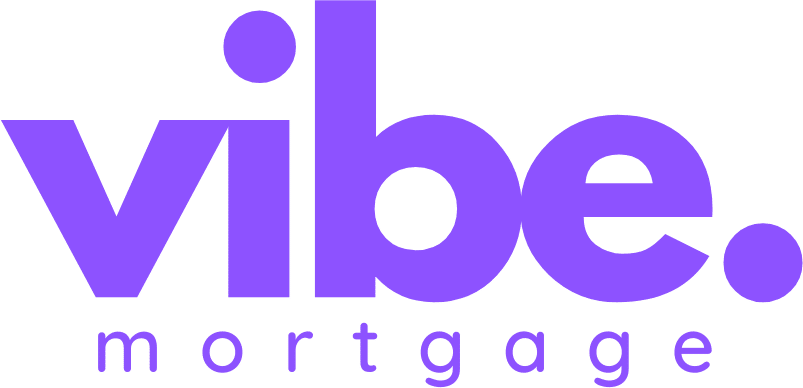The First-Time Home Buyers Incentive: Is It Right For You?

By now you have no doubt heard about Canada’s new First-Time Home Buyers Incentive.
But what is it? How does it work? What are the pros and cons? And what’s the deal with the “shared equity” system?
Lots of clients have been calling and emailing me to ask for an overview of how the First-Time Home Buyers Incentive in Saskatoon actually works, so we thought it’d be a good time to review some of the basic ideas and things to know about this program.
September 2nd 2019 was the first day Canadians could apply for the new First-Time Home Buyer Incentive (or the “Shared Equity Program” which I’ll explain a bit more down below).
After embarking on some special training on this new program and fielding questions from curious new home buyers, here are some of the most useful answers I’ve been giving out most often:
This program is not for clients that do not have a down payment. 5% is required (saved or gifted is fine). You can not use the “borrowed down” program that we provide along with this incentive.
Funding date of the mortgage can not be prior to November 1st 2019.
There are caps based on your income level and the maximum house price that may apply to some buyers. The maximum qualifying income is no more than $120,000.
At a glance, here are some of the benefits and some of the negatives of the FHTBI (pros and cons)
Pros:
- Increase the amount of home client can qualify for (if this is a limiting factor) — meaning you can start with a slightly larger home, which can be good for new and growing families.
- Decrease the cost of mortgage default insurance — you have to have insurance. This helps you keep a little bit more money in your pocket when dealing with insurance.
- Ultimately decreases the monthly payments all around if budget is tight — your savings on your monthly mortgage payment as well as your insurance savings add up over time.
Cons:
- Second mortgage registered on title (there will be a cost to register and remove this from title – legal and land titles).
- The Government of Canada will share in a percentage of the equity gain if your property goes up in value. eg. If 5% taken through this program, the government will share in sale proceeds or losses equal to 5% of the sale price.
The government’s share in your home seems to be what trips up a lot of First-Time home buyers looking into this program. Let’s talk about how this shared equity system works.
When entering into a shared equity agreement with the government to take advantage of the FTHBI, the government will put up 5% or 10% of the cost of the mortgage (depending on whether you are buying a resale home, or a new construction). In their words, a shared equity mortgage is where the government shares in the upside and downside of the property value.”
You can repay the government’s cut of your home’s equity at any time in full “without a prepayment penalty.”
It’s important to keep in mind that you have the option to pay them back earlier, if you can, potentially saving you money later as the value of your home increases.
Remember: the monetary value of that 5% or 10% will change based on the value of the house over time! The government may end up owning a pretty big chunk of change should the market keep going up over the next 5 to 25 years. So do what you can to pay them back ahead of schedule.
Of course on top of everything we’ve outlined above, there are many other details to consider.
Ultimately, it is best to go over the pros and cons for each individual’s unique circumstance to see if this is right for your financial and long-term goals for your first home.
I’d love to meet with anyone who wants to go over this.
Don’t hesitate to give us a call, text me, or send me an email — or just drop by our office!

